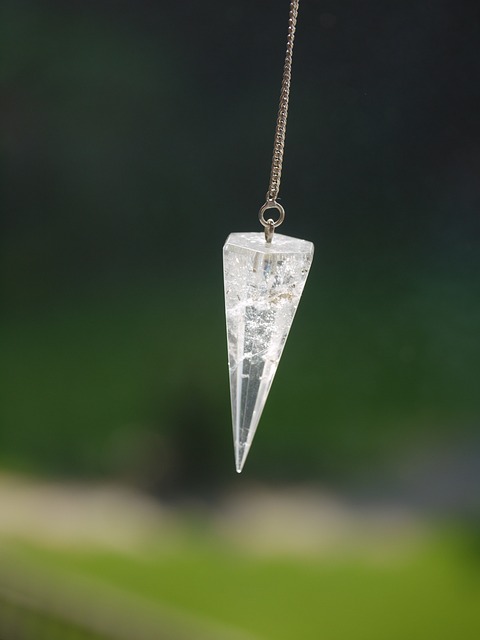Cold plunging and water therapy expose the body to cold temperatures, triggering physiological responses that enhance immune function. This practice stimulates hormone release, improves circulation, and boosts white blood cell activity, natural killer cells, and antibodies while reducing chronic inflammation. Incorporating regular cold exposure through methods like ice baths or cold showers can significantly strengthen the immune system, promoting optimal health and well-being when practiced safely as part of a holistic routine.
Looking to boost your immune system naturally? Professional guidance on using cold plunges could be just what you need. This article delves into the science behind cold therapy and its proven immune-boosting capabilities, offering a practical guide to incorporating cold water immersions for optimal health. We debunk common misconceptions and explore how cold plunges can provide effective support for your immune system in today’s digital era.
Understanding Cold Plunges and Their Impact on the Immune System
Cold plunges, also known as cold water immersion or cryotherapy, involve briefly exposing yourself to extremely cold temperatures, usually below 59°F (15°C), through methods like ice baths, cold showers, or deep breathing of cold air. This practice has gained popularity for its potential benefits on overall health, particularly immune function. The sudden exposure to cold triggers a range of physiological responses in the body that can significantly impact the immune system.
One key mechanism is the stimulation of the release of various hormones and neurotransmitters, such as norepinephrine and cortisol, which activate the body’s stress response. This activation enhances immune cell activity and circulation, allowing for better detection and elimination of pathogens. Additionally, cold therapy is believed to increase the production of white blood cells, natural killer (NK) cells, and antibodies, all crucial components in fighting infections and supporting a robust immune response. The anti-inflammatory effects of cold water therapy also contribute to reducing chronic inflammation, which can impair immune function over time.
The Science Behind Cold Therapy and Its Immune-Boosting Capabilities
Cold therapy, particularly in the form of cold plunges or cold water immersion, has gained significant attention for its potential to enhance immune health. The science behind this ancient practice suggests that submerging oneself in cold water triggers a cascade of beneficial physiological responses. One key mechanism is the stimulation of cold receptors in the skin, which signals the body to release certain hormones and neurotransmitters. Among these, norepinephrine and cortisol are known to boost alertness and reduce inflammation. This inflammatory reduction is crucial as chronic low-grade inflammation is linked to various health issues, including compromised immunity.
Additionally, cold exposure challenges the body’s heat regulation system, prompting it to adapt and strengthen its defenses. During a cold plunge, blood vessels near the skin’s surface constrict, driving immune cells back into circulation where they can more effectively patrol and defend against pathogens. This process, known as vasculature control, ensures that white blood cells, responsible for fighting infections, are distributed throughout the body. Over time, regular cold therapy may improve the immune system’s overall efficiency, making it better equipped to respond to potential threats and supporting optimal immune health.
Practical Guide to Incorporating Cold Water Immersion for Optimal Health
Incorporating cold water immersion into your routine can be a powerful tool for enhancing immune health and overall well-being. A cold plunge, whether it’s a quick dip in an ice bath or a refreshing cold shower, triggers a cascade of beneficial physiological responses. The sudden exposure to cold temperatures causes blood vessels to constrict, followed by vasodilation as the body re warms, promoting improved circulation and lymphatic drainage. This process helps flush out toxins and supports the efficient movement of immune cells, enhancing their ability to detect and combat pathogens.
For optimal results, aim for consistent practice. Starting with shorter durations of 10-15 seconds, gradually increase the time up to several minutes as your body adapts. You can incorporate cold plunges after workouts or at the end of the day to promote relaxation and recovery. Additionally, combining cold exposure with other immune-boosting practices like regular exercise, a balanced diet, and adequate sleep creates a synergistic effect for stronger immunity.
Debunking Common Misconceptions: Addressing Safety and Efficacy Concerns
Many people are intrigued by the idea of using cold plunges or cold water therapy as a means to boost their immune system, but it’s essential to dispel some common misconceptions surrounding its safety and efficacy. While the concept may seem extreme, proper execution can offer significant advantages for overall health, especially in supporting the immune response.
One prevalent concern is that cold exposure might weaken the immune system. On the contrary, controlled and brief cold plunges can stimulate various physiological processes to enhance immunity. The sudden temperature drop signals the body to release certain hormones and increase blood circulation, which brings white blood cells to the surface, aiding in fighting infections. This therapy has been practiced for centuries, with modern research backing its positive impacts on immune health. When done safely, with proper guidance, and as part of a holistic wellness routine, cold plunges can be an effective tool to support the body’s natural defense mechanisms.
Incorporating cold plunges into your routine can be a game-changer for enhancing immune health. By understanding the science behind cold therapy and following practical guidelines, you can safely harness its benefits to boost your body’s natural defense mechanisms. Remember, while cold water immersion is a powerful tool, it should complement a balanced lifestyle focused on nutrition, exercise, and stress management for optimal wellness.
